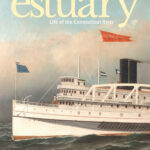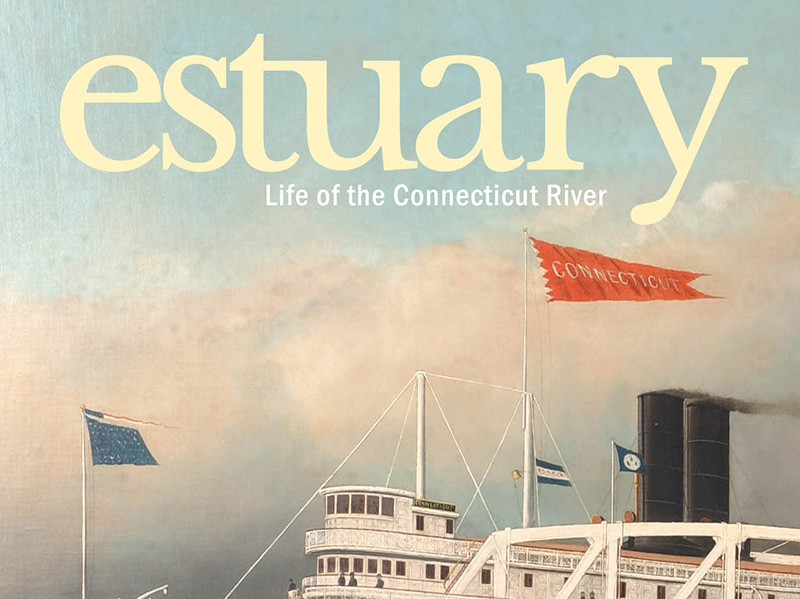 This article appears in the Summer 2024 issue
This article appears in the Summer 2024 issue

The Connecticut River watershed has no governor. It has no regent, no ambassador, no prince or princess…not even a capitol with consulates from the four (five, if you count Maine) states involved.
What it does have is a lot of independent but increasingly connected nonprofits and state and federal agencies working more or less in concert to share information and to work jointly with one another where it is convenient and desirable to do so. By our estimate, there are more than 200 nonprofits, mainly land trusts, in the watershed, all working for the short- and long-term benefit of our environment.
It has a staggering array of extraordinary talent. People with advanced degrees in relevant topics are laying out trails, preserving tree stands, restoring habitats for birds and fish, or working out the legal arrangements on easements to conserve farms, forests, and riparian (river bank) properties into perpetuity.
It also has a lot of acronyms: NFWF, CRSA, RTPEC, VLT, USFWS, TNC, FOC, DEEP, NERR, COG, CRM, and so on.
Let me introduce you to a few. The mission of CLCC, or the Connecticut Land Conservation Council, is to elevate and strengthen land conservation in Connecticut. Amy Blaymore Paterson has been executive director since 2010 and has brought much experience and horsepower (from the Trust for Public Land), including twenty years as a land use attorney, to the job. Her organization recently brought 550 environmentalists together for CLCC’s 40th annual Land Conservation Conference.
At RTPEC (the Roger Tory Peterson Estuary Center of the Connecticut Audubon Society) in Old Lyme, where early education is a top priority, the center served 4,692 students, K–12, in the calendar year 2023.
This past year, CRSA (the Connecticut River Salmon Association) had 3,884 students participate in its Salmon-in-Schools program and stocked our rivers with 18,623 unfed salmon fry.
Since its inception in 1965, LWCF (the Land and Water Conservation Fund) has spent $5.2 billion to support more than 45,000 projects in every county in the country. GAOA (The Great American Outdoors Act, enacted in 2020) provides full and permanent funding for LWCF at $900 million per year.
Since 1972, TPL (The Trust for Public Land), a San Francisco-based US nonprofit, has protected 4 million acres, created more than 5,000 open spaces, connected almost 10 million people to the outdoors, and secured and spent over $90 billion in federal funding. They have completed projects in all four states throughout the Connecticut River watershed.
In the past twelve years, CRC (the Connecticut River Conservancy) has removed twenty-six old dams and culverts and 1,017 tons of trash from rivers and has planted 89,855 trees throughout the watershed.
NFWF (The National Fish and Wildlife Foundation of the US Department of the Interior), provided $338 million in sub-awards around the country in fiscal year 2022. The CRC recently received a grant from NFWF to remove a dam in Fitzwilliam, New Hampshire. (See how easy it is to slip into using the insider jargon?)
Or WWMCCS (The World-Wide Military Command and Control System). It has nothing to do with the watershed, but no one beats the Pentagon for creation and use of acronyms; they speak another language altogether.
The serious point, of course, is that an incredible amount of good is being done throughout our watershed; would it be helpful to quantify and comprehend it in its totality? We think so. That’s one way, for example, that we could begin to understand the overall impact on mitigating the impact on climate change. It would also be helpful in setting priorities and even in obtaining large grants from federal sources. And that’s what we’re trying to do with The Watershed Fund’s recent grant of $1 million over three years to help nonprofits reach a bit higher to do useful work that no single nonprofit on its own can do. Stay tuned to hear more as the project progresses.


Dick Shriver
Publisher & Editor

